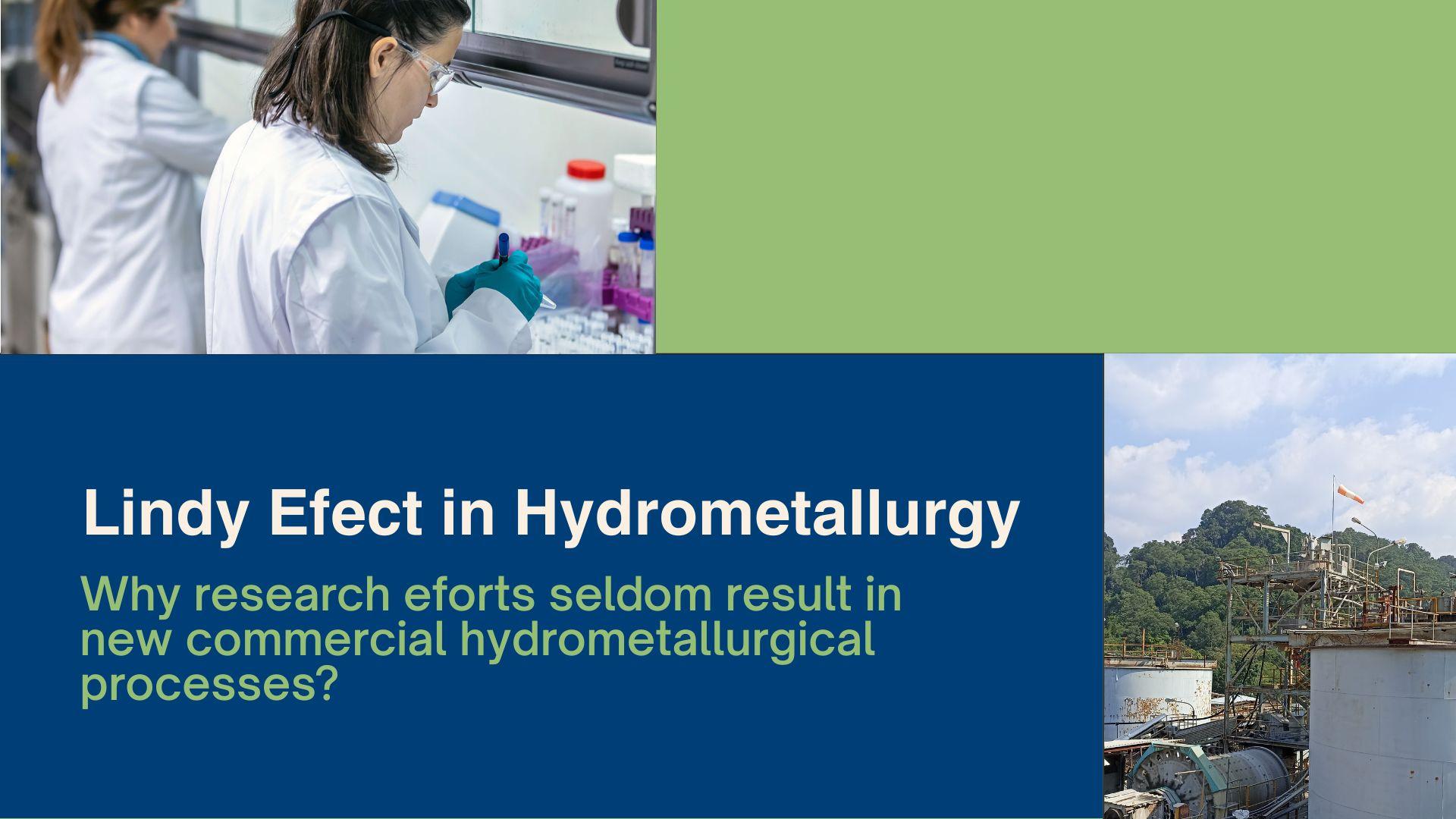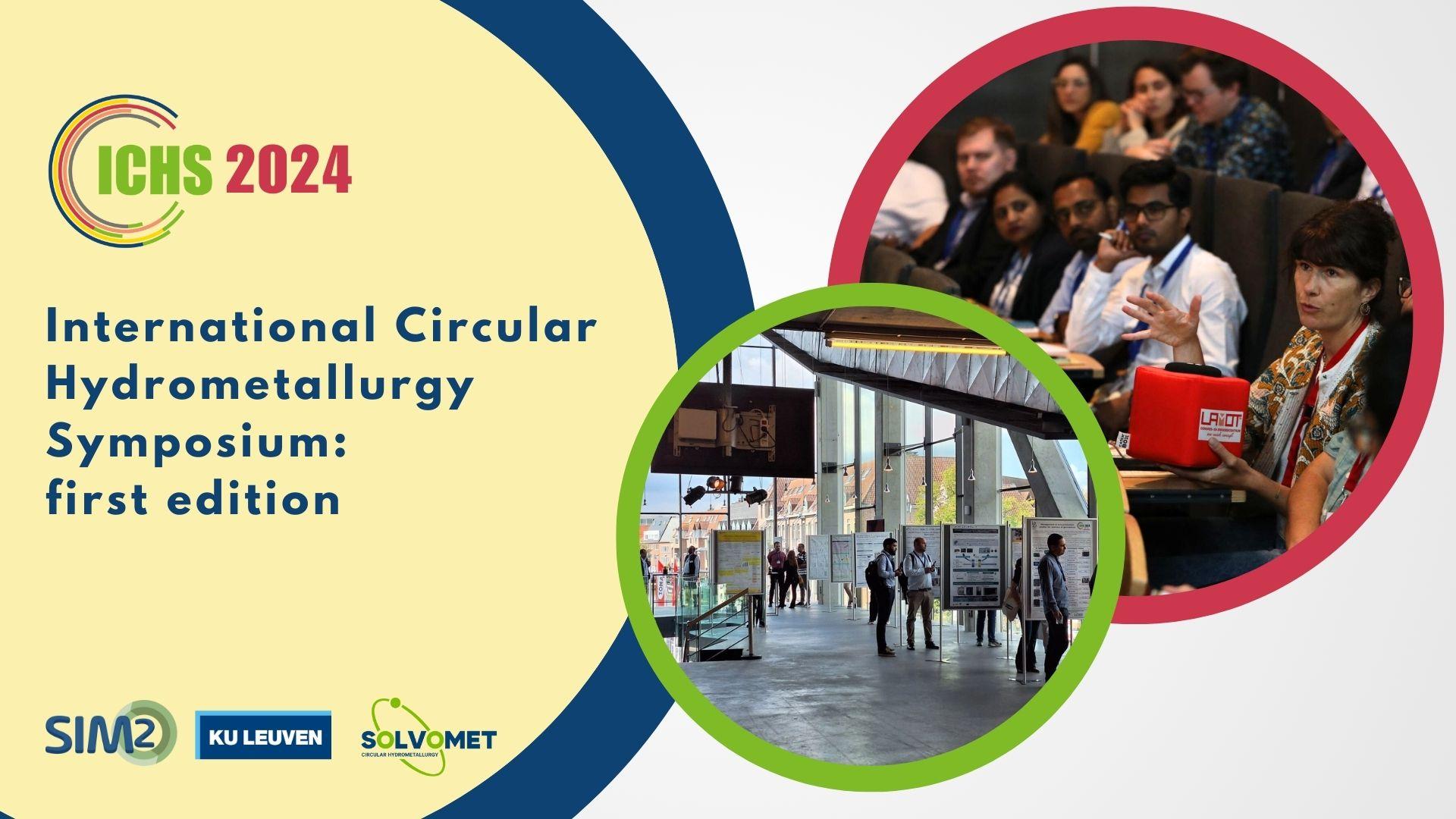A joint team of SIM² KU Leuven/SOLVOMET and ArcelorMittal researchers have just published a critical review paper on the hydrometallurgical recovery of metals from steel industry by-products, incl. EAF/BF/BOF slags, sludges and dusts. This comprehensive 35-page review was published in the Journal of Sustainable Metallurgy. The work was performed in the framework of the EIT RawMaterials SAMEX project, in which a selective ammoniacal extraction process is being upscaled to valorise Zn-rich BOF Sludges.
Scope of review (download pdf here)
The state of the art for the recovery of metals from steel industry by-products using hydrometallurgical processes is reviewed. The steel by-products are different slags, dusts, and sludges from a blast furnace (BF), basic oxygen furnace (BOF), electric arc furnace (EAF), and sinter plant, as well as oily mill scale and pickling sludge.
Take home messages
The review highlights that dusts and sludges are harder to valorise than slags, while the internal recycling of dusts and sludges in steelmaking is inhibited by their high zinc content. Although the objectives of treating BF sludges, BOF sludges, and EAF dust are similar, i.e., the removal of zinc and the generation of an Fe-rich residue to be returned to the steel plant, these three classes of by-products have specific mineralogical compositions and zinc contents.
Because wide variations in the mineralogical composition and zinc content occur, it is impossible to develop a one-size-fits-all flow sheet with a fixed set of process conditions.
The reason for the interest in EAF dust is its high zinc content, by far the highest of all steel by-products. However, EAF dust is usually studied from the perspective of the zinc industry. There are not only different concentrations of zinc, but also variations in the all-important ZnO/ZnFe2O4 (zincite-to-franklinite) ratio.
In many chemical processes, only the ZnO dissolves, while the ZnFe2O4 is too refractory and reports to the residue. It only dissolves in concentrated acids, or if the dust is pre-treated, e.g., with a reductive roasting step. The dissolution of ZnFe2O4 in acidic solutions also brings significant amounts of iron in solution.
Finally, due to its high potassium chloride content, sinter-plant dust could be a source of potassium for the fertiliser industry.
Full reference of paper
Koen Binnemans, Peter Tom Jones, Álvaro Manjón Fernández, Victoria Masaguer Torres, Hydrometallurgical Processes for the Recovery of Metals from Steel Industry By-Products: A Critical Review, Journal of Sustainable Metallurgy, 2020. [Download here]
Acknowledgements
The authors acknowledge funding from the European Institute of Innovation and Technology (EIT), a body of the European Union, under Horizon 2020, part of the ‘KAVA Call 6,’ in the framework of the ’Innovation Theme’ No.3 of EIT Raw Materials Project Number 19205 (SAMEX). Alma Capa and Jose Luis García are acknowledged for their contributions during discussions and for editing this paper. Paul McGuiness is acknowledged for his text editing work.
More info about SAMEX
For each Mtonne of steel ArcelorMittal (AM) produces, it also generates on average 10,000 t of Zn-rich, fine Basic Oxygen Furnace (BOF) steelmaking sludge. In contrast with the coarse BOF sludge fraction, which is already internally recycled by ArcelorMittal, the fine BOF sludge fraction cannot be fed to the Blast Furnace (BF), as the Zn content would lead to prohibitive refractory failure and disturbances in the BF process. As a result, ArcelorMittal either internally stores these sludges or is forced to landfill them.
To avoid excessive landfilling and to create an industrial symbiosis system, ArcelorMittal developed in 2017-2018, in collaboration with SOLVOMET KU Leuven, an ammoniacal leaching process (see the Open Access paper describing this process here). The developed process selectively extracts Zn from the sludge (obtaining a 76% leaching yield) while leaving behind most iron. The cleaned, Fe-rich residue can be fed to the BF, via the sinter plant, representing major iron cost savings. Concurrently, the leached Zn in the pregnant leach solution can be recovered as a ZnS-precipitate product, as a feed for the zinc industry.
In the SAMEX project, Tecnalia (Spain), ArcelorMittal (Spain) and KU Leuven (Belgium) shall upscale the ammoniacal leaching process to TRL7, aiming to engineer and build a pilot plant. The pilot plant will be used to demonstrate and validate the flowsheet, using distinct BOF sludges from different ArcelorMittal plants in Europe. If successful, ArcelorMittal foresees to implement the process in at least one third of its EU-plants by 2025 (i.e. treatment of 120,000 t/year BOF fine sludge). Furthermore, other sludge producers and steelmaking companies will be able to benefit from the results generated in the project.
Website: https://eit-samex.eu/








